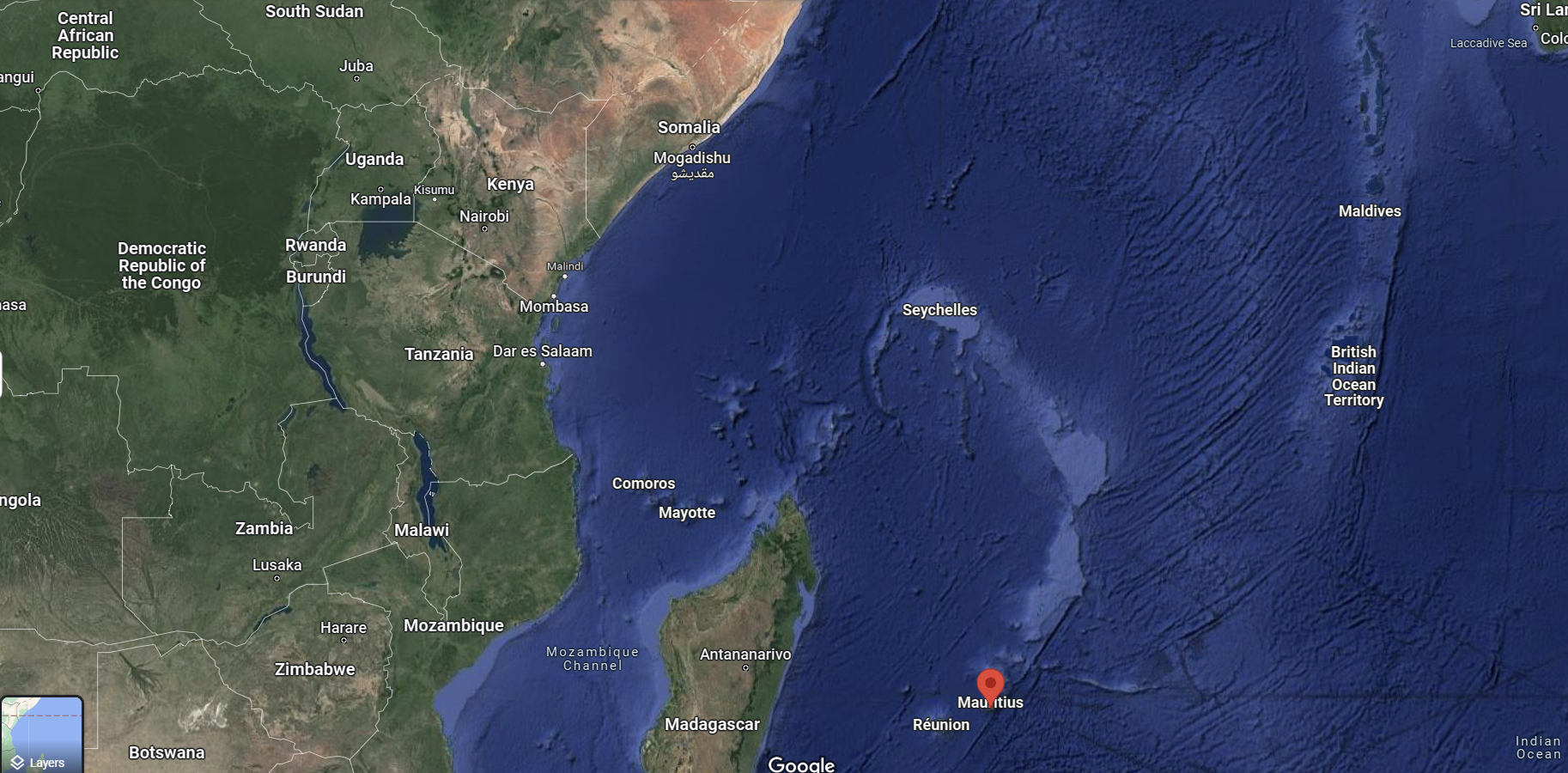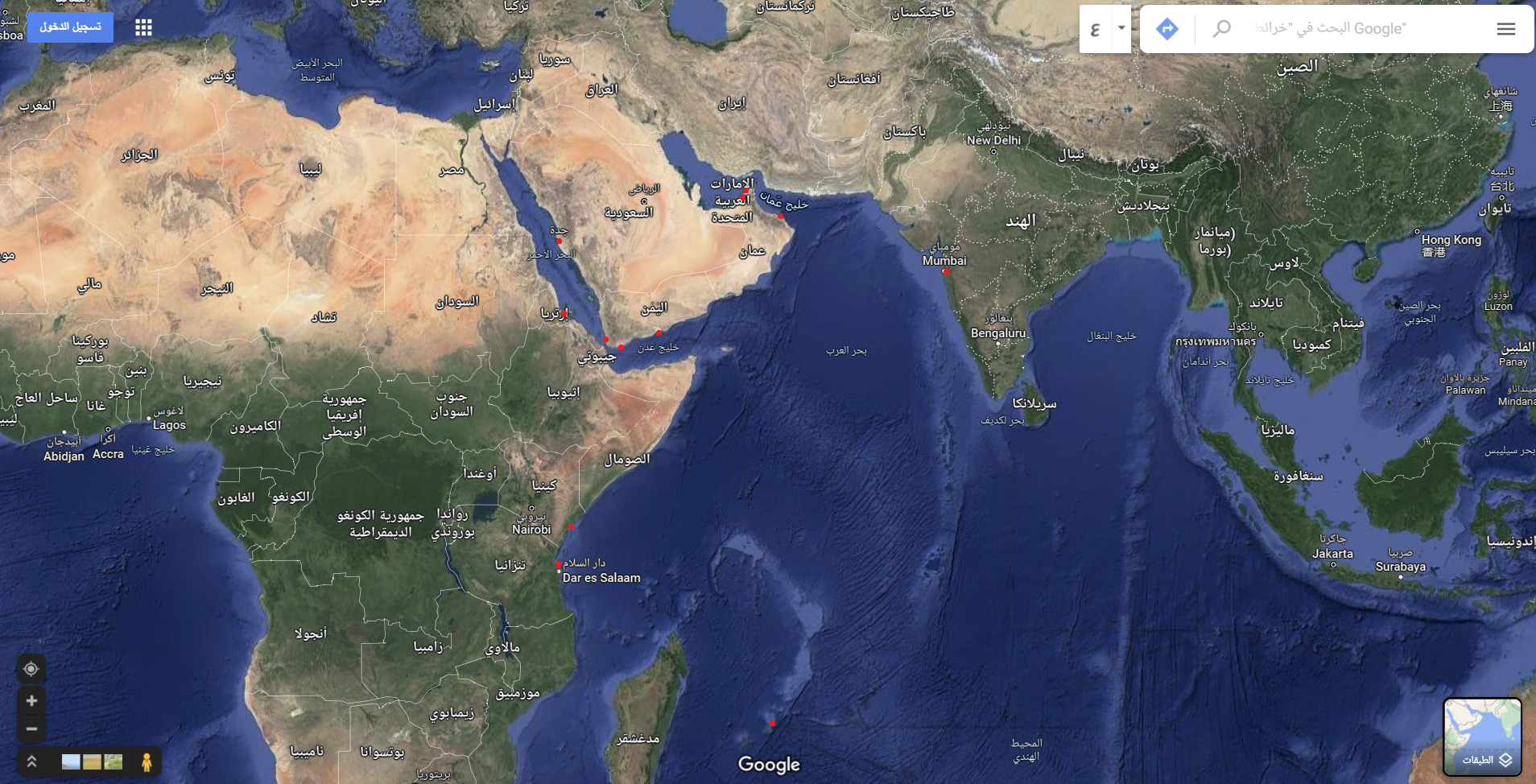... post continued
But in the case of all of the above and previous sources I've been overwhelmingly focused on the north so I figured it would be good to look into the south a bit and I managed to also find some stuff from some quick looking around on Koonfur:
THE southern Somali towns of Brava, Merka, Mogdeesho, and Worsheikh, commonly known as the "Benadir," or the "Harbours," from being the only points at which native vessels are able to call along this part of the coast, have been long marked as chief places at which slaves are yearly landed in thousands; and the general belief has been that so barren a country and so wild a race as the Somalis do not require slaves, all taken there being destined for reshipment to Arabia and elsewhere.
That this was to a considerable extent at one time done, there can be no doubt; but it is equally certain that at present a large part of the slaves now taken to the Benadir and retained, and used as slaves in the interior of the Somali land itself.
On the occasion of my recent visit, I was much struck with the development of the grain trade from Merka and Mogdeesho, at each of which places we found nineteen or twenty good-sized native vessels laying at anchor, some fully laden, and all with bags ready to load with native grain. Many other vessels, provided with empty bags, were also communicated with on the voyage there. To this must be added the enormous amount of orchilla weed, which, until very lately, was exported from those places, and crops of the best kind of sesame oil-seed, that forms a very important item in the Zanzibar trade, not to mention ox-hides, that, arriving from the Benadir in great numbers, constitute one of the chief exports of the latter place. - John Kirk, 1873
The people of the Banaadir at Xamar and Marko apparently have about 20 native good-sized vessels each to export their goods from the interior and onto the Swahili coast as far south as Zanzibar. This is a time when Xamar is ruled by the
Hiraab and the town is basically, as its probably always been, majority
Gibil-Madow whereas Marko was ruled by the Dir subtribe known as the
Bimaal but demographically more even between Gibil-Cad and Gibil-Madow however work like fishing and seafaring would have been done by the Gibil-Madow groups such as the Reer Maanyo given that Gibil-Cads, from what I've noticed, mostly reserved themselves to tasks like commerce, being imams and so forth. The only craft I recall reading them participating in was textiles in the case of the Shaanshi and even then I think I recall that they used slaves for the actual labor. Tasks like smithing, masonry, fishing and so on were, like in Arabia, looked down upon and were left to the Gibil-Madows who also had merchants, imams and of course the rulers among their ranks in different tribal groups.
And it seems apparent in the traditions of the people of the Banaadir that the Reer Maanyo are both responsible for fishing and "import and export" so if there were native vessels I assume this was their work whilst the other tribes would have seen such work as taboo:
The name of the Manyo family is a name that escaped people who united or had a maritime career, the people who managed the port of Hamar and Marko. The reason why they left the name of the Manyo family is when the Italian colonialists came to Somalia and wanted to take the port from the hands of the people. given, these tribes who were at the time people of Hamar and Marko's economy in Export and Import have decided to unite and save their economy. -source
I'll need to do some re-reading and properly confirm this but I recall the number of boats fitting with medieval sources that say that when Ali Bey secured support along the Banaadir he was given 20 ships by ports like Xamars. If this was indeed the case, it seems they may have generally maintained a fleet of 20 Dhows, give or take.
In any case, this is interesting stuff as it shows seafaring was apparently known all along the coast during the 1800s and into the first half of the 1900s rather mainly in the north. From the northwest (Isaaq & Cisse), to the northeast (Majeerteen, Warsangeli & Kaptanle) and now Koonfur (assumably Reer Maanyo) with seagoing capabilities that can go to Southern Arabia and the Swahili coast as well as the Persian Gulf and India. Even if some groups like the Cusmaan Maxamuud are said to only apparently start going to somewhere like Zanzibar rather than just Arabia later into the 1800s, this is, I would personally say, far too widespread and developed a seafaring culture to be something that just sprang up around the late 1700s and there are a few classical and medieval accounts of some seafaring off the Somali coast which I'll share in due time either here or elsewhere.
I also found some further sources describing what appear to be Dhows from Koonfur sailing abroad for trade. There's
this source that describes a thriving cattle trading industry between the Somali coast and Mauritius in 1860 and how it is "Somali Dhows" sailing between what appears to be Koonfur (Barawe and Xamar) and Mauritius to trade in this:
This is a great source in particular because it appears to extend Somali sailors' reach in the 1800s even south of Zanzibar and basically adjacent to Madagascar and Mozambique:
Post to be continued...




